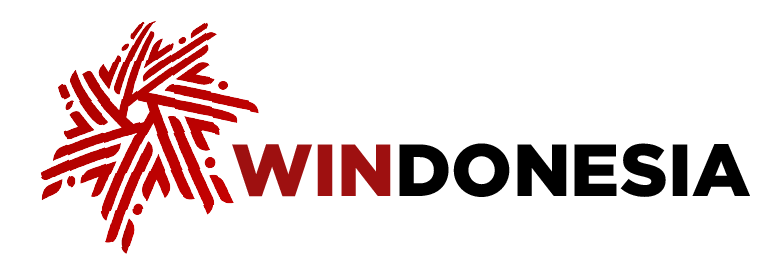Latest News
PT Indonesia Asahan Aluminum (Inalum) is eyeing the bauxite mining assets of fellow state-owned enterprise (SOE) PT Aneka Tambang (Antam) in West Kalimantan, as Inalum felt the need to maintain its supply of aluminum raw materials. Furthermore, investment into aluminum smelters in Indonesia has increased significantly after the bauxite export ban that took effect in June 2023. Most domestic aluminum smelters are currently controlled by Chinese companies.
A Bloomberg Technoz source said that initial discussions between the two subsidiaries of mining state-owned holding company PT Mineral Industri Indonesia (MIND ID) have begun. The effort to acquire Antam's bauxite mine is also being pushed as part of Inalum's preparations for listing on the Indonesia Stock Exchange (IDX) by 2026.
"We have a plan to complete the value chain down to the mine, but we don't have any details yet," Inalum Finance Director Ken Permana told Bloomberg Technoz on Sep. 26, 2025.
He added that Inalum is still awaiting further guidance from MIND ID regarding the planned bauxite mine acquisition. He stated that Antam's bauxite mine is the initial focus.
"[We're] focusing [internally] on MIND ID first, the [discussions] are still informal," Ken explained.
Meanwhile, Inalum has entered production ramp-up for the first phase of its Mempawah Smelter-Grade aluminum Refinery (SGAR) in Mempawah Regency, West Kalimantan. The plant is operated by PT Borneo Alumina Indonesia (BAI), a joint venture between Inalum (60 percent of shares) and Antam (the remaining 40 percent).
With an annual aluminum production capacity of 1 million tons, the first phase of the Mempawah SGAR requires a bauxite supply of around 3.3 million tons per year to reach. Antam supplies most of this bauxite through its Tayan mine in West Kalimantan.
PT BAI is also planning to execute the second phase of the Mempawah SGAR, which would also have a 1 million ton annual production capacity. The plant expansion project is expected to start production in 2028 to offset Inalum's new investment in an aluminum smelter adjacent to the two Mempawah SGAR phases. It is expected to produce 600,000 tons of aluminum per year.
Ken targets completion of the Mempawah SGAR Phase II project and the new aluminum smelter in Mempawah Regency by the end of 2025. He plans to attract new investors as partners in the development of these two Inalum projects.
"We are still preparing the feasibility studies," he divulged.
In the meantime, Antam noted that the Tayan mine had bauxite reserves of 108 million wet metric tons (wmt) as of June 2025, with potential resources reaching 193 million wmt. The mine that has been operating since 2013 also supplies bauxite to a smelter facility controlled by Antam through PT Indonesia Chemical Alumina (ICA), which has an installed capacity of 300,000 tons per year.
In addition, Antam is developing a bauxite mine with a capacity of 3 million wmt per year under the West Kalimantan Mine Development (WKMD) project. It is currently in the pre-construction stage.
Antam President Director Achmad Ardianto said that discussions with Inalum regarding the company's bauxite mine are still in the early stages. However, Ardianto emphasized that his company will not sell the Tayan mine to Inalum.
"Tayan will not be divested," Ardianto told Bloomberg Technoz.
He added that the assets likely to be divested include mines adjacent to Inalum's current aluminum plant in Mempawah Regency.

